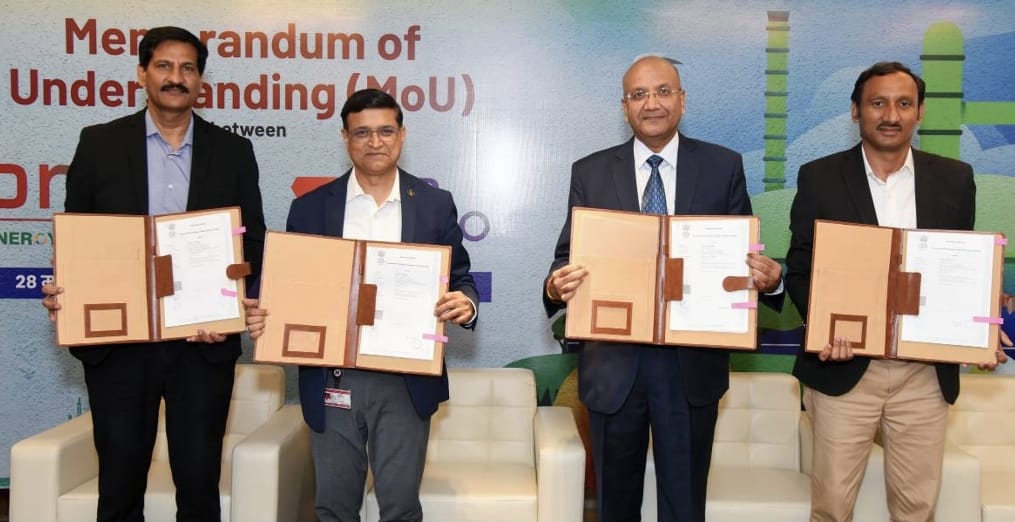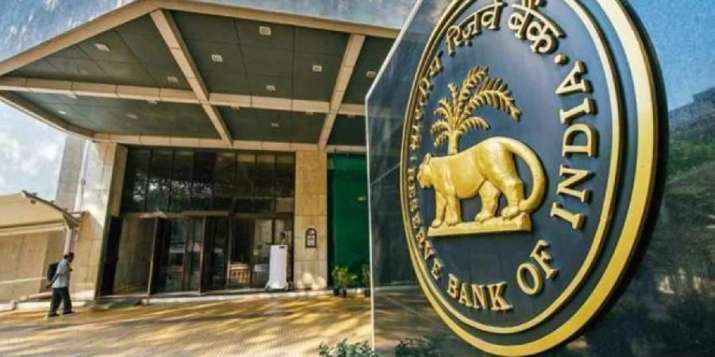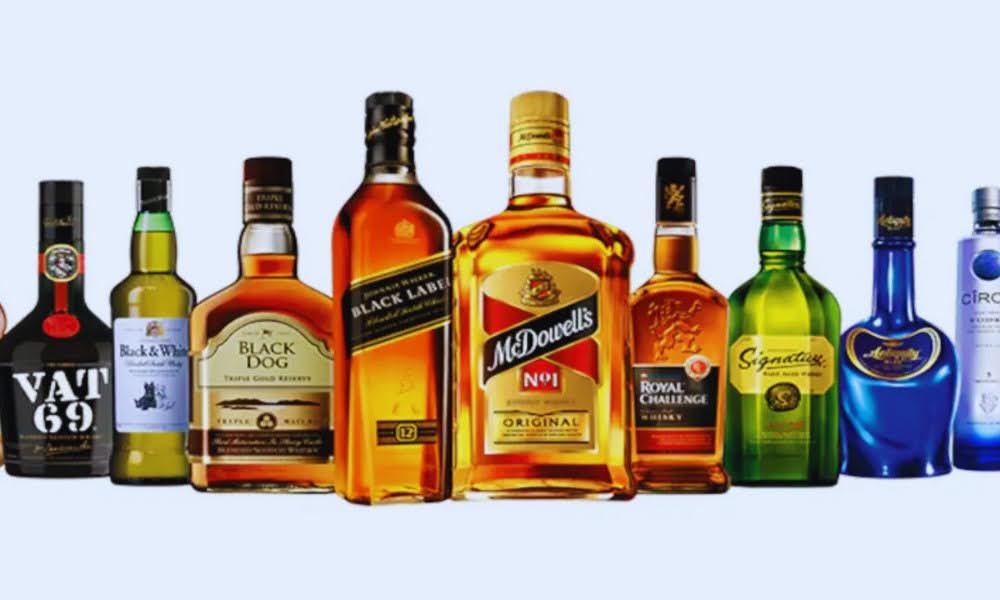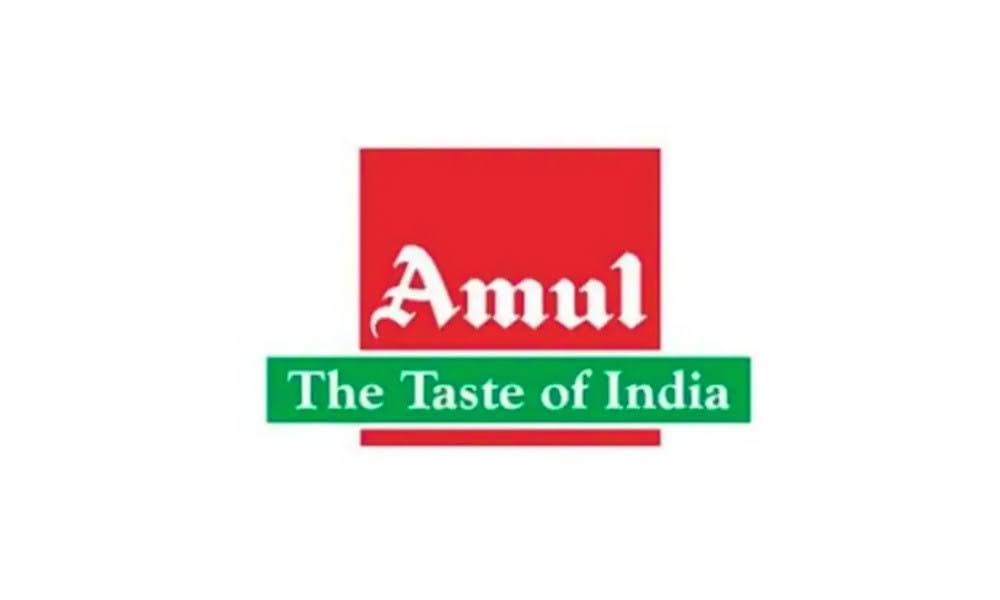Amrit Bharat 2.0: Transforming Indian Railways with Key Upgrades
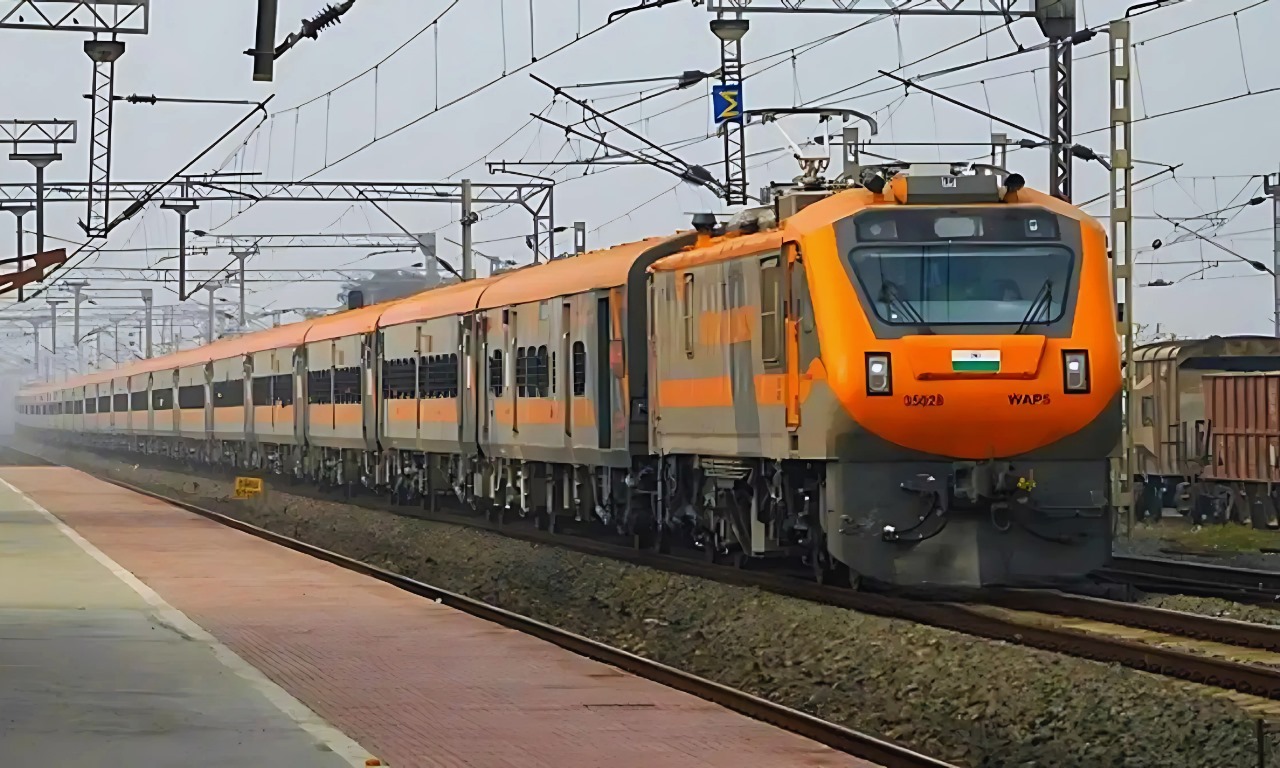
Railway Minister Vaishnaw emphasized that Amrit Bharat Trains 2.0 are designed to provide a comfortable travel experience for low and middle-income families.
Features such as charging points, mobile holders, and water bottle slots are included even in general coaches.
Addressing safety concerns about the historic Pamban Bridge, Vaishnaw confirmed that the design complies with Research Designs and Standards Organisation (RDSO) standards and includes insights from international experts.
Describing the project as a once-in-a-lifetime achievement, he noted that it has received clearance from the Commissioner of Railway Safety.
Vaishnaw also urged collaboration between the state and central governments, particularly in Tamil Nadu, to expedite land acquisition for railway projects.
“Public welfare should take precedence over politics,” he stated, emphasizing the importance of joint efforts to enhance public infrastructure and services.
India’s Hydrogen Fuel Train: Leading Green Technology
The Railway Minister announced the successful development of a hydrogen fuel-run train engine by Indian Railways, boasting the highest horsepower in the world.
Speaking at the Pravasi Bharatiya Divas convention during a plenary session titled “Green Connections: Diaspora’s Contribution to Sustainable Development,” Vaishnaw highlighted India’s advancements in green transportation technology.
The hydrogen train engine, developed indigenously, has a power output of 1,200 horsepower, far exceeding the 500-600 horsepower engines made in other countries.
The first hydrogen-powered train is set for a trial run on the Jind-Sonipat route in Haryana, under the Delhi Division of Northern Railway.
This project aligns with the Ministry of Railways’ allocation of Rs 2,800 crore for 35 hydrogen fuel cell-powered trains in the financial year 2023-24.
Vaishnaw stressed that such innovations not only foster environmental sustainability but also open avenues for derivative technologies in industries like trucks and tugboats.
The first hydrogen train’s trial run is expected by the end of this year, with a formal launch projected by the financial year 2025-26.
Forged Wheels: Reducing Import Dependency
India’s ambitious high-speed rail projects have increased the demand for forged wheels. Currently, the Railways imports forged wheels from countries like China, Russia, and Ukraine.
However, disruptions in the supply chain due to geopolitical conflicts have necessitated a push toward domestic production.
India produces approximately 40,000 wheels annually through the Steel Authority of India Limited (SAIL), with another 21,000 wheels manufactured at a Raebareli factory.
Despite this, the Railways had to import wheels worth Rs 900 crore during the 2024-25 fiscal to meet operational requirements.
To address this dependency, the Railways has launched a ‘Make in India’ initiative to enhance local manufacturing. During a visit to a forged wheel production facility in Tamil Nadu, Vaishnaw announced that this factory would rank among the world’s top three forged wheel plants.
The facility aims to cater to domestic needs and explore export opportunities.
A senior official noted, “With the launch of high-speed trains and increased rail connectivity, the demand for forged wheels is set to rise dramatically. Our goal is to reduce dependence on imports by boosting local production.”
A new plant with an assured annual off-take of 80,000 wheels is also in the pipeline to meet future demands.
What Are Forged Wheels?
Forged wheels are specially designed for high-speed trains, offering greater structural integrity compared to cast wheels.
Built under high pressure, forged wheels are free from potential fault lines like porosity and cavities, ensuring higher durability and resistance to wear and tear.
Moving Toward Self-Reliance
India’s focus on indigenously developed technology in the railway sector marks a significant step toward self-sufficiency. With high-speed rail corridors expected to roll out in the coming years, ensuring a steady supply of forged wheels will be critical.
The Railways aims to reduce reliance on imports and position India as a global leader in railway technology.

